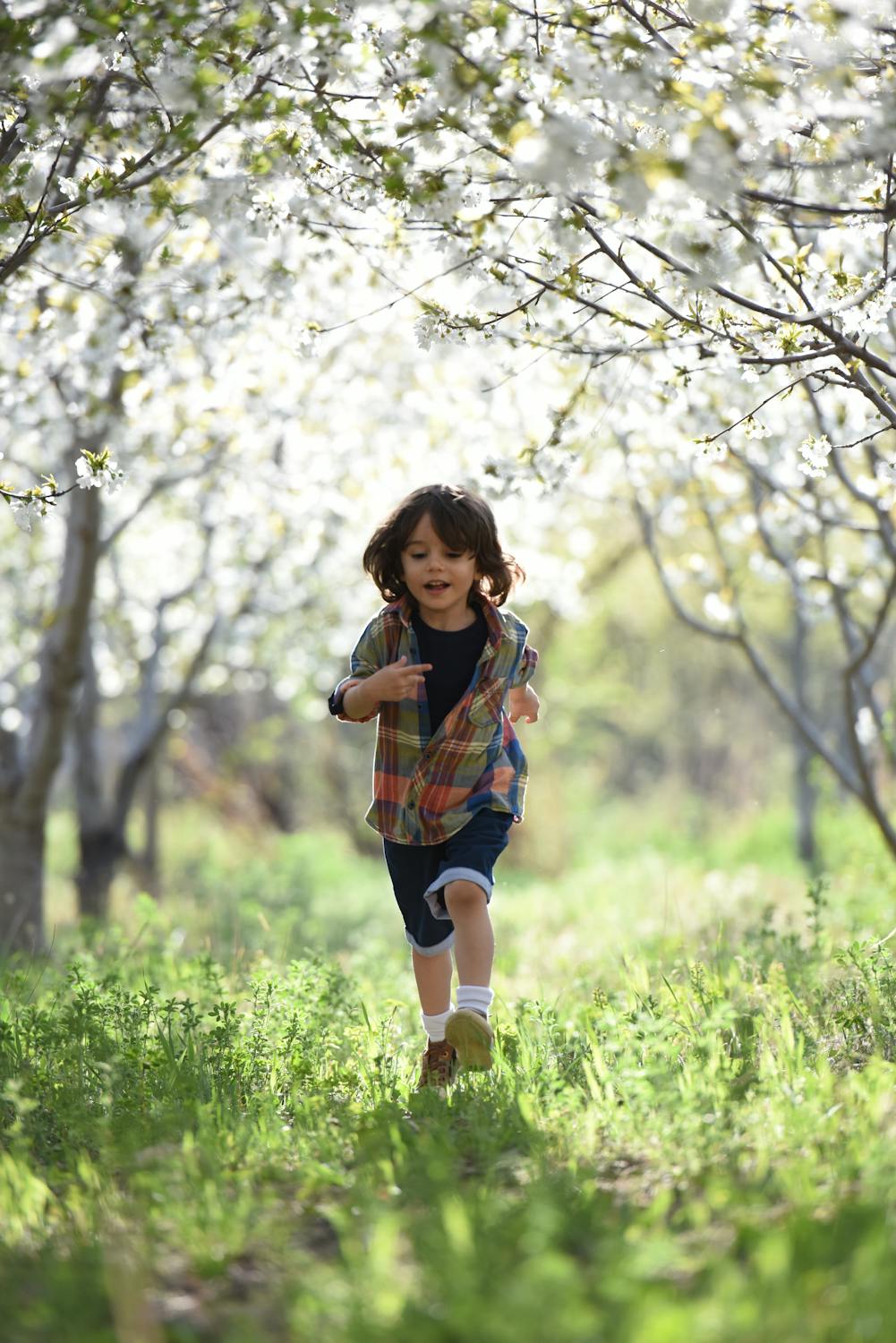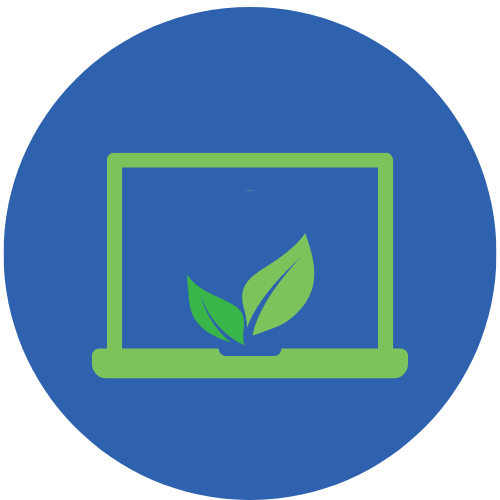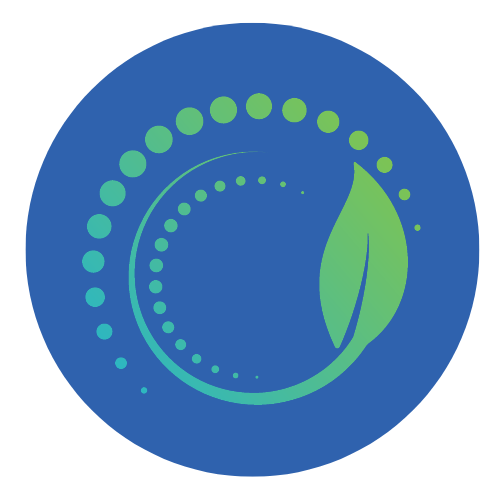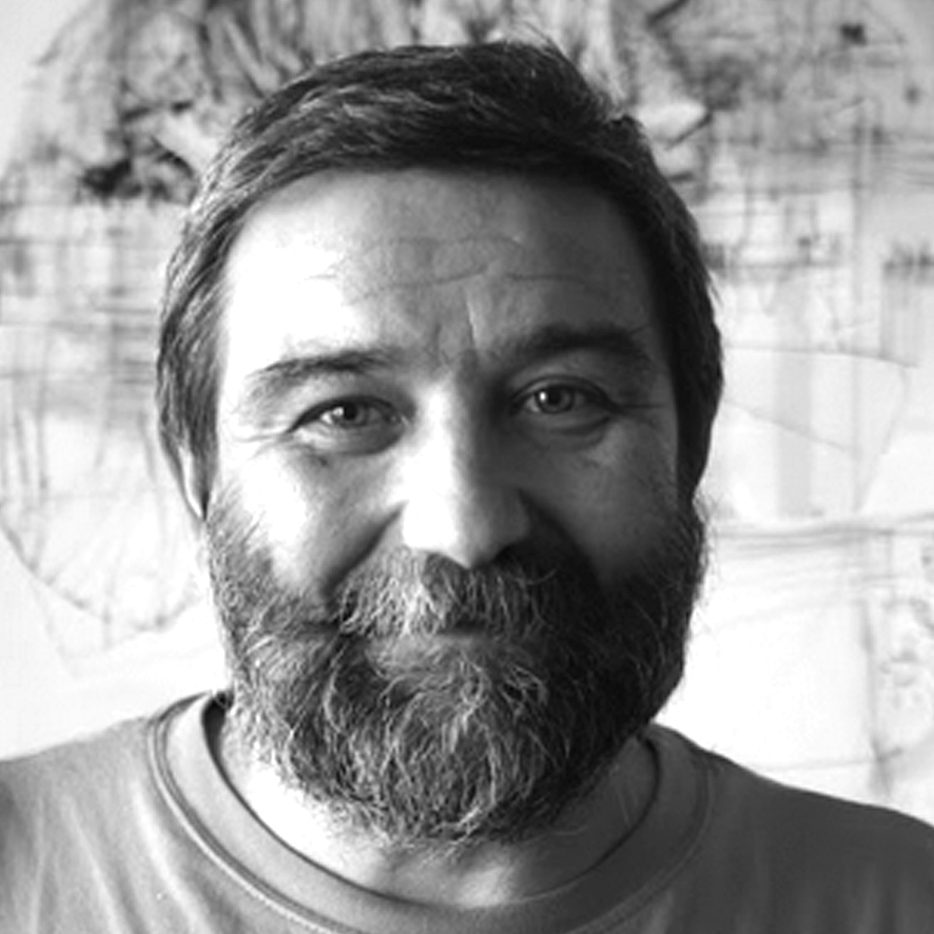ACHENA Approved for 183 Hrs - Category 1
Parts 1-15
 Dr. Jurj informed us that he still has a large body of essential materia medica, patient tips and clinical insights that he would like to share. With this 15 module, 180 hour course, he is able to impart a substantial body of important clinical information. Please note that all sessions are recorded and available for you to review as many times as you would like. The recordings do not expire and will become an important part of your Homeopathic library, available to you whenever you need them. In the last sequence (parts 13-15) , Dr. Jurj will share more videos and observations from his 30 years in clinical practice, and will teach us to ’see’ our patients, perceive the indicated remedy, and achieve outstanding success in practice. Do not miss this invaluable series with Dr. Jurj!
Dr. Jurj informed us that he still has a large body of essential materia medica, patient tips and clinical insights that he would like to share. With this 15 module, 180 hour course, he is able to impart a substantial body of important clinical information. Please note that all sessions are recorded and available for you to review as many times as you would like. The recordings do not expire and will become an important part of your Homeopathic library, available to you whenever you need them. In the last sequence (parts 13-15) , Dr. Jurj will share more videos and observations from his 30 years in clinical practice, and will teach us to ’see’ our patients, perceive the indicated remedy, and achieve outstanding success in practice. Do not miss this invaluable series with Dr. Jurj!
Dr. Jurj holds a PhD in Semiotics, the study of how we use signs and symbols to create and communicate meaning, and he is widely recognized for his fusion of Semiotics and Homeopathy. His teaching helps refine our observations during casetaking, leading to a deeper understanding of patient expressions, and toward an answer to the question, “How can observations during casetaking guide me towards a remedy?”
During this course, we will make a practical exploration into the coherence between the observable signs and symptoms and the Generals and Mentals of the pediatric patient. As we dig deeper into the non verbal signs and symptoms, we will expand our knowledge and understanding of materia medica, moving beyond book studies to the clinical experience. Dr. Jurj’s method is masterful for its inclusion of characteristics, peculiars, and striking symptoms into the Totality of the Case. Using this approach, the homeopath is better able to leverage the signs of the patient, and extract from them reliable information to be applied for the most accurate prescription.
An Invitation from Gheorghe Jurj:
“Don’t expect too much theory from me: I am a clinician, and my main focus is to obtain results with good remedies prescribed according to the need of the patient, in REAL TIME HOMEOPATHY, not according to any speculations.
I have had the chance to face many thousands of patients, with so many problems, and (because I am too lazy to write pages) I recorded thousands of cases, with clear follow-ups. From this experience, I think it is a duty of mine to share with you and the homeopathic community my humble knowledge and a clinical way to approach the wonderful discipline that is homeopathy.”
Topics we will cover in this course:
-
Specifics of the pediatric consultation: nonverbal signs, genetic influences, dealing with parents, eliciting the specific signs and symptoms. Seeing and understanding peculiarities, significance of the main complaint, trustworthy information.
-
Child development, evolution, and homeopathy: milestones of the growth process, understanding children in evolution, how children grow with homeopathy. Adaptation issues (school, moving, etc.).
-
Constitutional and acute prescribing: significance of acutes, situational remedies, complementary remedies, decompensation, management of trivial but disturbing conditions.
-
Exploring of select ‘children’s’ remedies: face and gaze, behavior, posture, pathologies, constitutions, hands, skin.
-
Selected disease conditions & special disorders: dermatitis, autism, retardation, severe genetic or immune disorders, tetra paresis.
 This seminar-style course takes place on Saturdays, with each session lasting a full 4 hours. Sessions are scheduled from 8:00 am - 12:00 noon Pacific time for upcoming parts, and will be convenient for live attendance by those in both Europe and the Americas.
This seminar-style course takes place on Saturdays, with each session lasting a full 4 hours. Sessions are scheduled from 8:00 am - 12:00 noon Pacific time for upcoming parts, and will be convenient for live attendance by those in both Europe and the Americas.
Signs & Symptoms in Pediatric Casetaking will be an interactive course, and live attendance is strongly encouraged. Case videos and video clips will be included during all sessions*, and moderators will field your questions and commentary in real-time. We’re pleased to have Dr. Joe Kellerstein serve as principal moderator and facilitator for Dr. Jurj.
* Participants must sign a confidentiality agreement upon enrollment.
The entire course consists of 15 parts that can be bought separately or in sets:
PART 1 Covers Abrotanum, Alumina, Aethusa, Ammonium muriaticum, Ammonium carb, Antimonium crudum, Apis, Arsenicum, Arsenicum biodatum.
PART 2 Covers Anacardium, Baryta carb, Bartya sulphate, Baryta phos, Baryta muriaticum, Baryta flour.
PART 3 Bryonia, Bufo, Berberis, and more!
PART 4 Covers Causticum, China and more!
PART 5 Covers differentiation between movement/walking, cuprum, cinnabaris and more!
PART 6 Covers Dermatitis, calc láctica, calc carbonica, calc phos, calc nitric, hydroxyapatite, Conception maps and remedy relationships
PART 7 Covers Calc bromatum, acne, bromium, baryta bromata, kalium bromatum, Halogenoderma, Calc flouricum, flouric acidicum, calc iodatum,
PART 8 Covers Crotalus, calcarea sulfurica, calcarea muriaticum, quartz, Dioscoria, Dulcamara, Ferrum metallicum, Ferrum muriaticum, Graphites.
PART 9 Covers Hypericum, Hepar sulphate, Hyoscyamus, Loganiaceae family (Ignatia, Nux vomica), Chvostek, Iris, Kali family (kale bic, kali ars, kali-phos)
PART 10 Covers Kalium family (kali carb, kali-sulph) and dd of Kalium remedies, Lachesis, Lycopodium.
PART 11 Mezereum, Medorrhinum, Natrum group
PART 12 Nitric acidicum, Nux-moschata, Niccolum, Phytolacca, Platina, Phosphorus
PART 3-12 See parts 3-12
PART 1-12 See parts 1-12
PART 13 Pulsatilla, Parent remedy types, Rhus tox and more
PART 14 Sepia, Staphysagria, Mother and Father types, Ipecac, Carbo veg, Silica, Quartz, Fever differentiation
PART 15 Stramonium, Tarantula Hisp, Tarantula, Cub, and Lathyrus Sativa
PART 13-15 See parts 13 - 15
PART 1-15 See parts 1-15
.png)




 Dr. Jurj informed us that he still has a large body of essential materia medica, patient tips and clinical insights that he would like to share. With this 15 module, 180 hour course, he is able to impart a substantial body of important clinical information.
Dr. Jurj informed us that he still has a large body of essential materia medica, patient tips and clinical insights that he would like to share. With this 15 module, 180 hour course, he is able to impart a substantial body of important clinical information.  This seminar-style course takes place on Saturdays, with each session lasting a full 4 hours. Sessions are scheduled from 8:00 am - 12:00 noon Pacific time for upcoming parts, and will be convenient for live attendance by those in both Europe and the Americas.
This seminar-style course takes place on Saturdays, with each session lasting a full 4 hours. Sessions are scheduled from 8:00 am - 12:00 noon Pacific time for upcoming parts, and will be convenient for live attendance by those in both Europe and the Americas.

